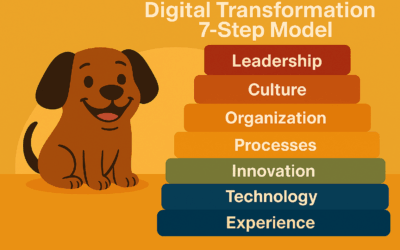State of personalized communication

What are marketeers doing with personalization? Which channels are being personalized? Is it working? What is the aim of the personalization? What are the trends?
E-mail channel
The most predominant channel for personalized communication is still the e-mail channel. 77% is using personalized communication in the e-mail channel. One of the most used parameters to create relevancy in e-mail campaigns are age. For 66% of marketeers the age parameter is used for personalization of e-mail campaigns. From a consumer perspective 27% feels the lack of relevant content is most annoying thing about receiving e-mails on the positive side 90% of consumers feels it appealing to get personalized content over generic. The average conversion rate on personalized e-mails are 3,7%
Web channel
The second most used channel for personalization is the web channel. With 52% usage of the channel for personalization, marketeers are finally starting realising the unharvested potential of the channel. It is the channel with most traffic, so the optimisation gains are also the largest. But as most marketeers ( 42% ) use personalization based on campaign source, the strategy for personalization is still lacking optimisation. It continues to be a personalization for the few known visitors, while the largest potential seems forgotten on large scale. 62% of marketeers sees personalization as a means to conversion optimisation, 61% as an improvement of customer experience and 57% sees personalization in the channel as a tool for higher engagement. On the back side companies are still struggling with infrastructure and customer insights where 23% are blocked by bad data quality, 17% by understanding the companies data architecture, 20% by lack of customer journey mapping.
Other channels
One third or less uses personalisation in other channels. Social media is the most frequent channel where personalization is used. The age parameter is for example used by 38% in social media and by 24% in display. There is small rise of companies starting to use personalisation in the in-store experience.
Looking forward
Personalization is on the agenda and personalization is spreading in all channels. We are still seeing the top of personalization, as marketeers are struggling with infrastructure, lack of well-defined journeys, and a confining perspective of campaign driven marketing. As these barriers in technology, insights and methodology get broken down we will see more and deeper personalization that will drive higher conversions while giving customers and better experience and resulting in higher customer lifetime value.
